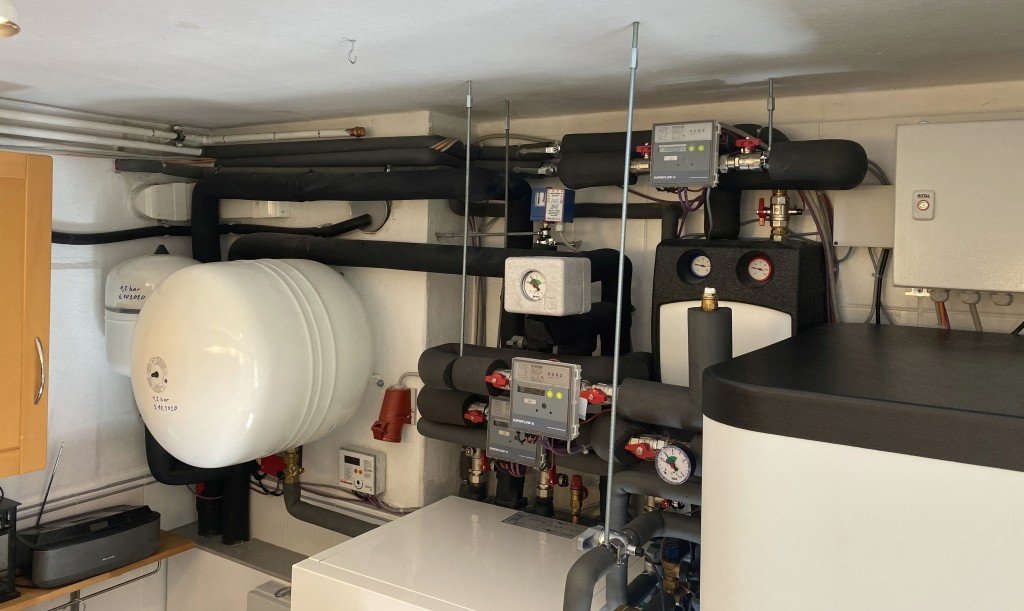A four-year research project by Germany’s Fraunhofer Institute for Solar Energy Systems ISE has demonstrated that heat pumps can operate efficiently and with significantly lower CO2 emissions in existing residential buildings. Monitoring 77 systems across single- and multi-family homes, the study found seasonal performance factors (SPF) between 2.6 and 5.4, with heat pumps emitting 64% less CO2 in 2024 than comparable natural gas systems under dynamic grid conditions.
The project involved two energy suppliers and nine heat pump manufacturers and focused on real-world conditions. Air/water heat pumps achieved an average SPF of 3.4, while ground source systems reached 4.3 on average. The study found no correlation between the buildings’ age and heat pump efficiency. Electric heating rod usage remained low due to mild weather, accounting for 1.3% of electricity consumption in air/water systems and nearly zero in ground source units.
A new method for long-term acoustic measurement was also introduced. Among five tested units, three showed exceedances in night-time noise limits linked to heat pump operation, though levels stayed below ambient noise. Researchers noted that noise compliance could be improved with better unit selection, placement, or soundproofing.
The study also assessed the integration of photovoltaic systems. In six buildings, PV alone enabled 25–40% autonomy and 22–37% self-consumption. With battery storage, these increased to 32–62% and 40–83%, respectively. Adjusting operating temperatures to align with PV production improved use of solar power and helped reduce grid load.
While results confirmed efficient performance, the study identified common areas for improvement. Oversizing of units, frequent switching, and poor separation between heating and hot water circuits were among the main issues. A process matrix was developed to help address these in planning, installation, and commissioning stages.
The systems monitored included 61 air/water and 16 ground source heat pumps. Building construction years ranged from 1826 to 2001, with heated areas between 90 and 370 m². Older homes in the sample showed above-average renovation rates. Data from 34 units originated from the earlier “WPsmart in Existing Buildings” project, while 43 systems were newly added.
Project partners included Bosch Thermotechnik, Glen Dimplex Deutschland, Max Weishaupt, NIBE Systemtechnik, Panasonic, DAIKIN Germany, Stiebel Eltron, Viessmann, Vaillant, Lechwerke, and Stuttgart municipal utilities. The project was funded by the Federal Ministry for Economic Affairs and Energy (BMWi) under code FKZ: 03EN2029A.
“The results clearly show that heat pumps can be operated efficiently even in older buildings and that they provide climate-friendly heating without the need for the buildings to be renovated to new construction standards,” said Danny Günther, team leader for ‘Heat Pumps and Transformation of Existing Buildings’ at Fraunhofer ISE.
